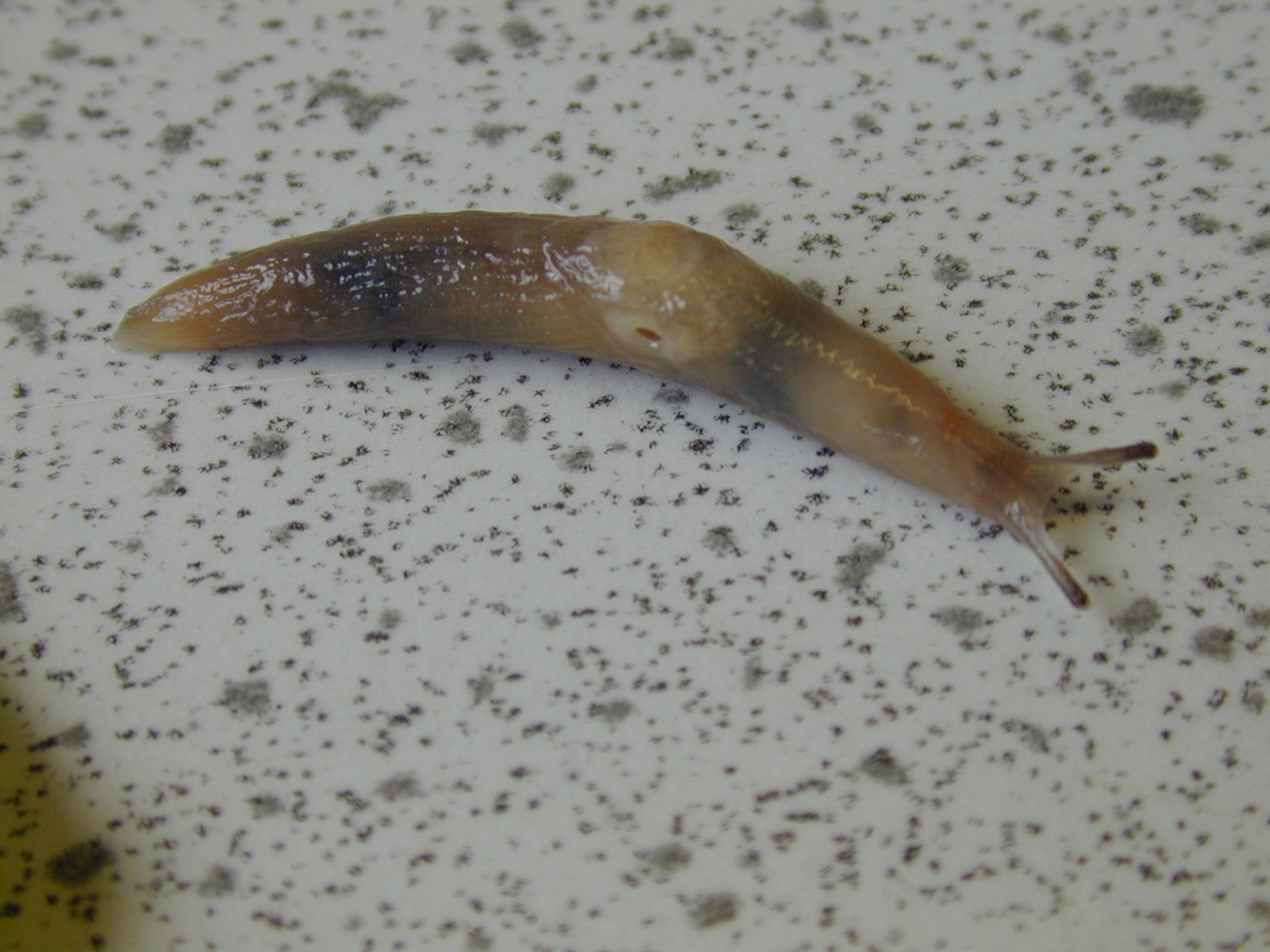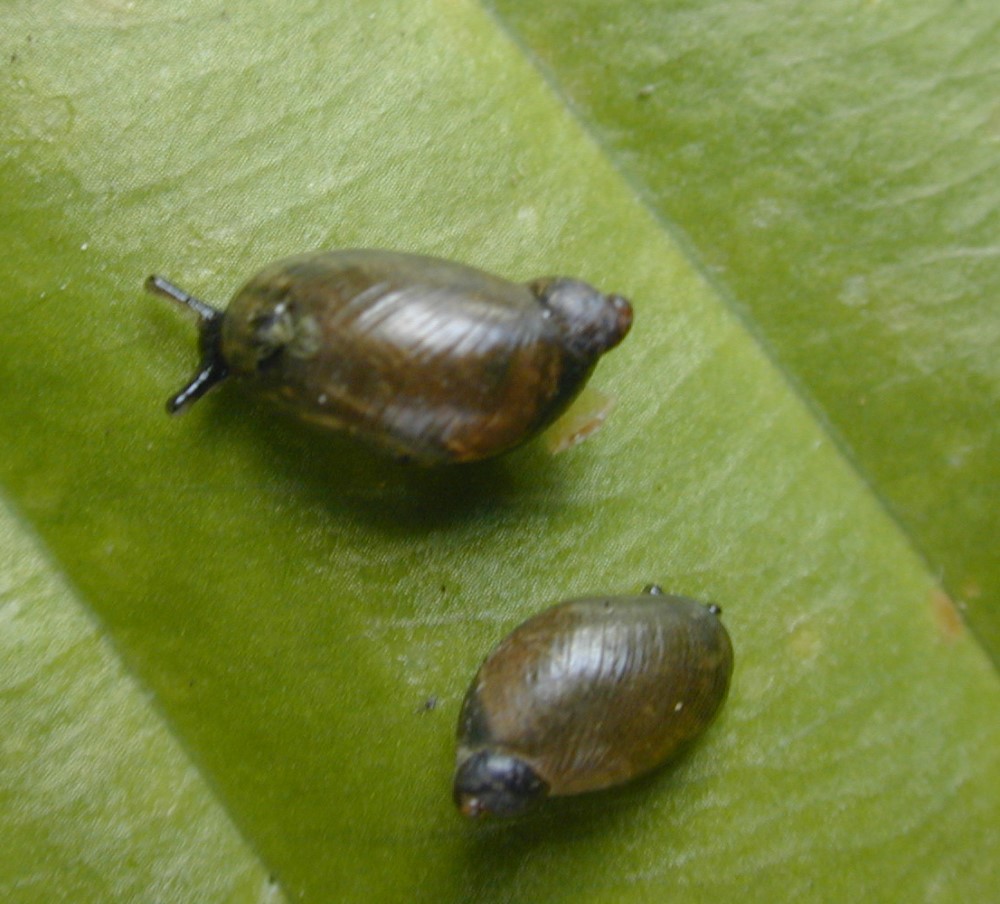Please click here to access the main AHDB website and other sectors.
- Home
- Knowledge library
- Recognising the main species of slug and snail damaging hardy nursery stock
Recognising the main species of slug and snail damaging hardy nursery stock
Learn how to identify the main species of slug and snail that can damage container-grown hardy nursery stock.
Back to: Integrated control of slugs and snails on hardy nursery stock
How to recognise the main slug species on hardy nursery stock
In AHDB project HNS 105, the main slug species found in 10 hardy nursery stock (HNS) nurseries between June and October 2000 was Deroceras invadens (formerly known as Deroceras panormitanum). The common name of D. invadens is the tramp slug, but sometimes it is known as the chestnut slug. Of the total slugs collected, 58% were D. invadens, which occurred in nine of the 10 nurseries.
D. invadens is a small slug, up to 3.3 cm long, with a brown or grey body and pale sole (underside). The mantle (raised flap of skin behind the head) is usually paler than the rest of the body. The breathing hole on the right hand side of the mantle is surrounded by a noticeable pale halo.
Other slug species found were the grey field slug, Deroceras reticulatum (the most common slug pest of arable crops), Deroceras laeve, Limax marginatus, Milax budapestensis and various Arion species.
Deroceras invadens (tramp slug or chestnut slug) – showing mantle and breathing hole

Image courtesy and © of ADAS RSK.
How to recognise the main snail species on hardy nursery stock
In project HNS 105, the main snail species found in 10 HNS nurseries between June and October 2000 was Oxyloma elegans (formerly known as Oxyoma pfeifferi). Growers often call this species the ‘water snail’, but the preferred common name is Pfeiffer’s amber snail. Of the total snails collected, 98% were O. elegans, which occurred in nine of the 10 nurseries. Adult O. elegans are small snails, usually 9–12 mm long. The juveniles are smaller. Shell colour varies from pale brown to almost black, often with darker markings on the paler forms. The shell is pointed at the rear end and has three spiralling whorls, with the largest whorl being about three quarters of the total body length.
Useful links
Authors
Author(s) – Jude Bennison and David Talbot, ADAS Horticulture.
Original author(s) – Jude Bennison, ADAS Horticulture.
Got a question? Ask a member of the team:
Webpage content correct as of March 2021.
Oxyloma elegans (Pfeiffer’s amber snail) – with pointed shell and three whorls

Image courtesy and © of ADAS RSK.

